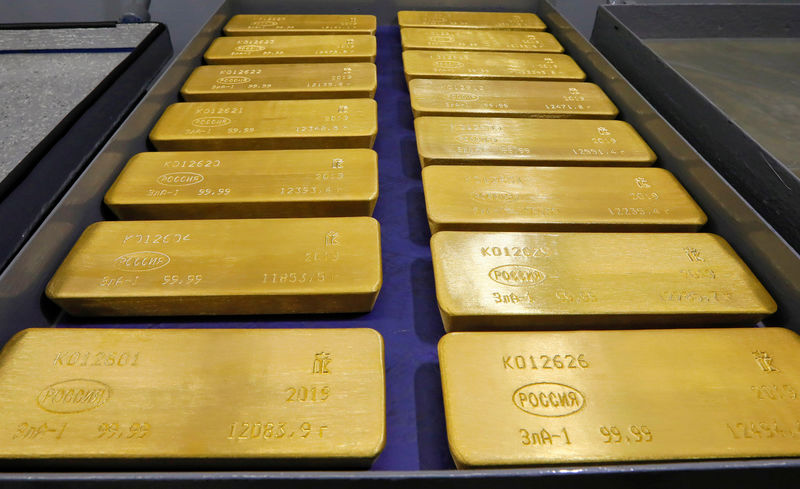Dundas Minerals Ltd (ASX:DUN) has intersected a mafic-ultramafic complex of massive, semi-massive, highly disseminated and disseminated sulphides in diamond drilling at its Central exploration target within the prospective Albany-Fraser Orogen of Western Australia with sulphides observed across 358 metres of drill core.
The company, which is actively exploring for nickel, copper, cobalt and gold in the region, completed the first drill hole 22CEDD001 to a depth of 423.4 metres on October 6, intersecting a large intrusive complex commencing at about 170 metres down hole.
This follows the discovery of massive sulphides in shallow RAB holes announced last month, with anomalous pXRF readings for copper, cobalt, nickel and silver.
The current program for an additional four diamond drill holes for a total of about 2,000 metres will now likely be expanded.
22CEDD001 core showing massive sulphide
Initial readings of silver
Intense potassic-altered gabbro was intersected with sulphidic quartz veins and quartz stockworks, which the explorer interpreted as possible gold and silver mineralisation. The drill hole also intersected felsic porphyry intrusions from 154 metres.
Extensive massive, semi-massive, highly disseminated and disseminated sulphides were intersected from 32 metres to 423.40 metres downhole and sulphidic quartz veins from 43.5 metres to 412.1 metres.
A total of 358.37 metres of sulphides, visually estimated, was intercepted, inclusive of:
- 4.26 metres massive sulphide averaging 88% volume estimate, including 1.44 metres from 209.68 metres at 90% estimated volume and 1.29 metres from 253.41 metres at 95% estimated volume);
- 4.96 metres semi-massive sulphide averaging 55% volume estimate, including 1.60 metres from 154.60 metres at 50% estimated volume and 0.81 metres from 163.10 metres at 55% estimated volume;
- 7.60 metres matrix/net, blebby and stringer sulphide averaging 40% volume estimate, including 3.3 metres from 149.40 metres at 40% estimated volume and 2.2 metres from 194.30 metres at 40% estimated volume;
- 136.16 metres highly disseminated sulphide averaging 17% volume estimate, including 15.5 metres from 115.00 at 15% estimated volume and 12.65 metres from 350.25 metres at 12% estimated volume; and
- 205.39 metres disseminated sulphide averaging 5% volume estimate, including 16.31 metres from 302.48 metres at 3% estimated volume and 11.75 metres from 260.92 metres at 5% estimated volume.
The remainder of the core returned readings anomalous in cobalt, with the highest reading at 2,250ppm; copper with the highest reading at 9,402ppm; zinc at 1,912ppm; molybdenum at 1,012ppm; nickel at 558ppm; and silver at 14ppm, along with gold pathfinder elements of selenium, tungsten, tin, mercury and arsenic.
Complex geology
With only a single diamond drill hole, Central’s geology is not yet sufficiently understood although it is believed to be conducive to an intrusive nickel-copper-cobalt type deposit, plus gold and silver.
Assay results are required to confirm mineralisation, followed by further drilling.
To that end, Dundas will sample the entire 423 metres of the core. Results can be expected in six to eight weeks.
Drilling for the next core hole at 22CEDD002, which is sub-vertical, commenced on October 9, and Dundas is confident the outcome will be similar to the first hole.
Outstanding results
Dundas Minerals managing director Shane Volk said: “Whilst we were always quietly confident of the geophysical data modelling, especially the AMT and SkyTEM EM models, and optimistic that we would drill massive sulphides with hole 1, to see it transpire as it has is extremely rewarding for the small Dundas Minerals team. Actually, it’s an outstanding result.
“We now very much look forward to receiving the assay results from hole 1 and to the drilling of our second hole at Central, which will be almost vertical. Hole 2 is targeting the centre of line 11,000 AMT anomaly to a depth of more than 500 metres. Given the results from hole 1, we’d expect to intercept sulphides again in hole 2.”
Shallow discovery
The shallow RAB holes announced last month are 230 to 1,400 metres northeast of 22CEDD001 and are open at depth in all directions.
Samples from the shallow holes have been submitted for assay and results are expected within the next two weeks.
